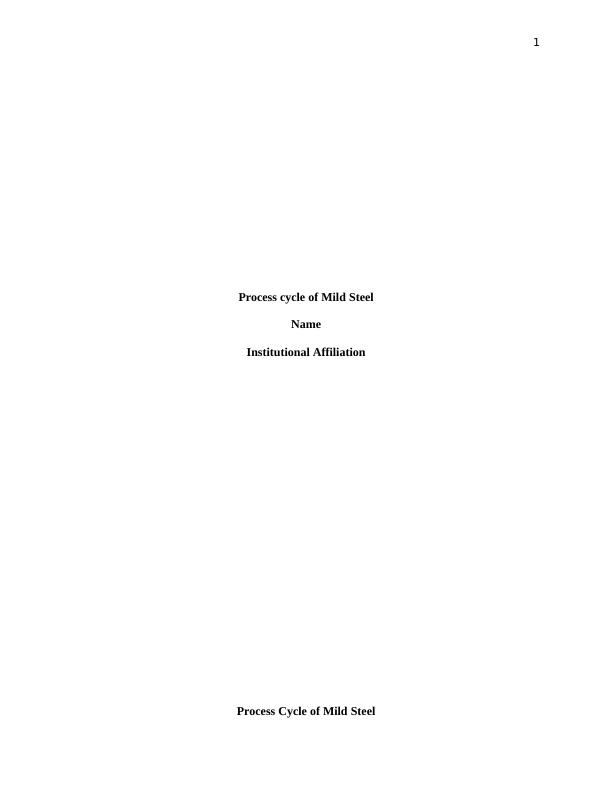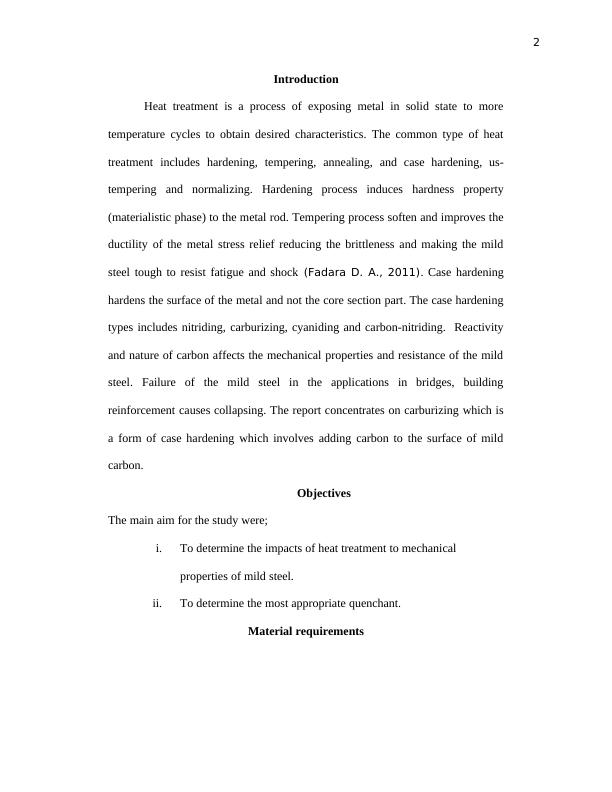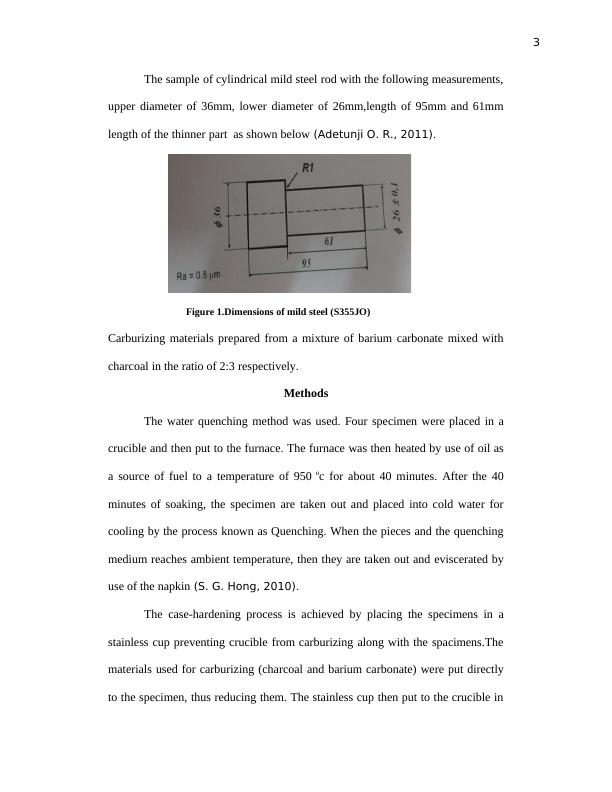Process cycle of Mild Steel
Added on 2022-08-11
9 Pages1650 Words18 Views
End of preview
Want to access all the pages? Upload your documents or become a member.
Effect of Heat Treatment and Processing Methods on Material Properties
|16
|3438
|89
Hardening and Impact Testing
|7
|1451
|98
Surface Hardening of Steels: Techniques and Methods
|24
|5019
|21
Creep Mechanisms in Materials and their Control
|11
|2223
|60
Creep Mechanism and Heat Treatment Processes in Materials
|13
|2048
|471
Miraging Steels Research 2022
|17
|6144
|29



